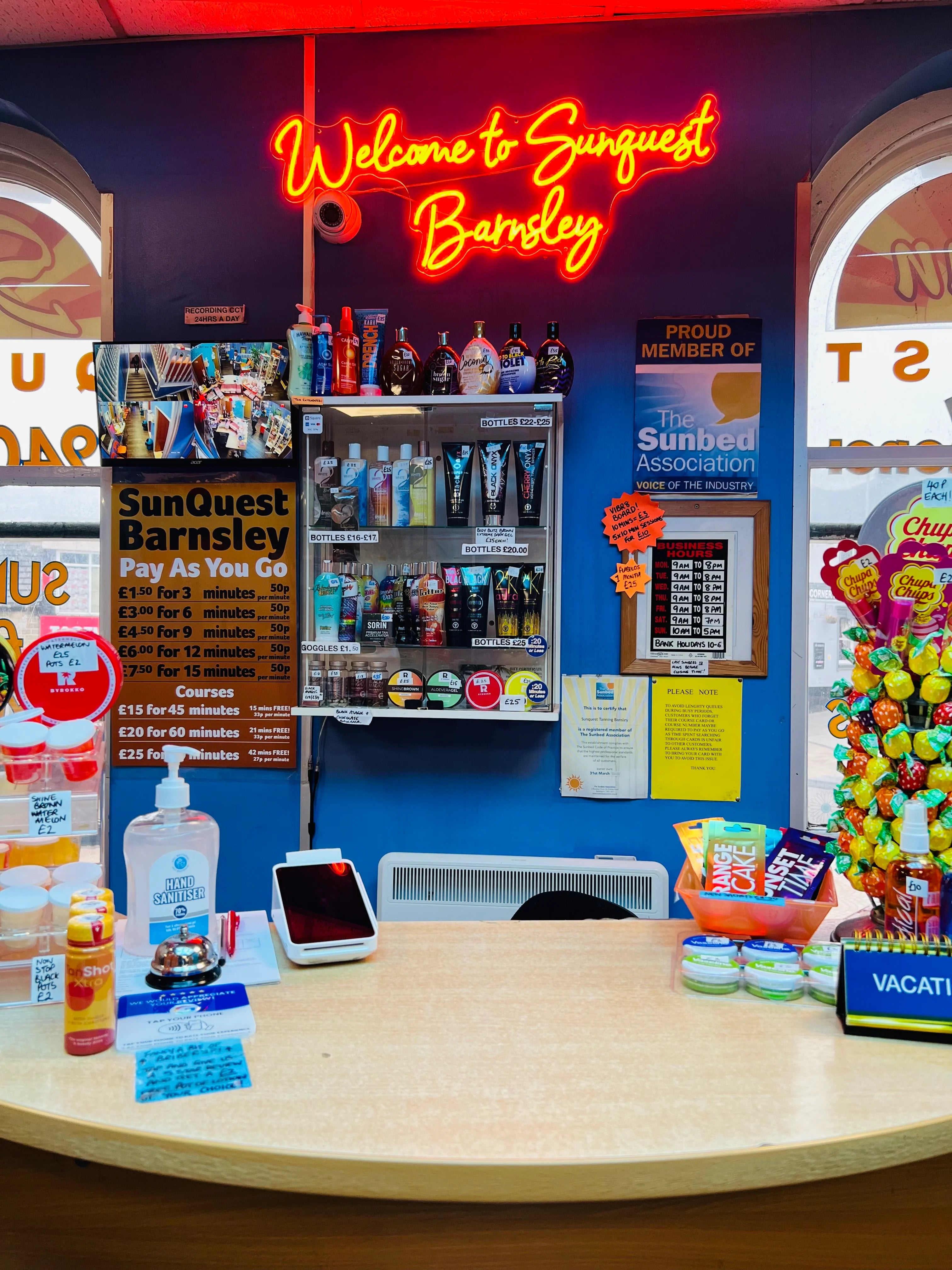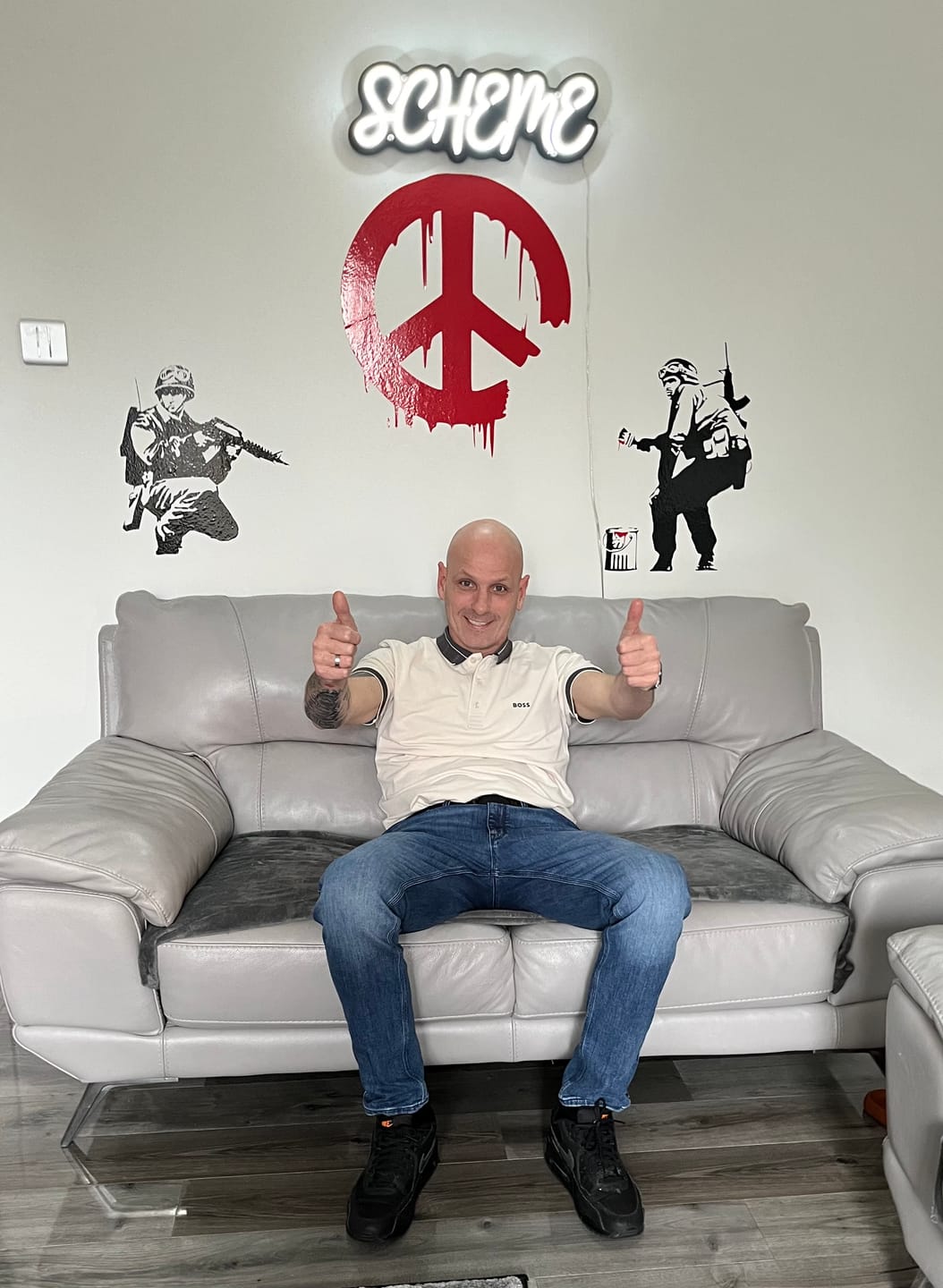Custom neon LED lights are an increasingly popular choice for homes, businesses, and events due to their vibrant glow, versatility, and cost-effectiveness. Unlike traditional neon lights, which rely on glass tubes filled with gas, LED neon lights are made from flexible, energy-efficient LED strips encased in durable, often silicone-based tubing. They mimic the appearance of traditional neon but come with a host of advantages.
When choosing custom neon LED lights, several factors should be considered, including their design, purpose, budget, energy consumption, and maintenance requirements. This guide provides a comprehensive comparison of neon signs with traditional neon, helping you make an informed decision.
Key Considerations for Purchasing Custom Neon LED Lights
1. Purpose and Location
Before purchasing, think about where and how you’ll use the neon light:
- Indoor or Outdoor Use: Many custom neon LED lights are designed for indoor use, but outdoor-rated options are available. Ensure your chosen product is weatherproof and UV-resistant if it will be exposed to elements.
- Commercial or Personal Use: Businesses often use neon lights for branding or signage, while personal uses include home décor or party decorations. Custom designs can cater to any scenario.
2. Design Flexibility
One of the most significant advantages of neon LED lights is their customizability. They can be shaped into letters, logos, patterns, or intricate artwork. When ordering custom neon LED lights:
- Provide detailed specifications, such as font type, color, and dimensions.
- Choose from a variety of colors and lighting modes, including static, dimmable, and animated effects.
- Decide between single-color and RGB models if you want multi-color options.
Traditional neon signs require skilled craftsmanship to shape glass tubes, limiting their flexibility and increasing production time. In contrast, LED neon lights can achieve complex designs with greater ease.
3. Cost and Budget
Upfront Costs: Neon LED lights are generally more affordable to produce than traditional neon signs, especially for intricate designs. While the price varies depending on size and complexity, LED options typically cost 20-50% less.
Long-Term Savings: LED lights use significantly less electricity and last longer than traditional neon, making them a cost-effective investment in the long run. For example:
- Traditional neon signs consume about 15,000 watts annually, whereas LED signs consume about 6,000 watts for the same size and usage.
- LED neon can last up to 50,000 hours, far exceeding the 10,000-15,000-hour lifespan of traditional neon.
Comparing Neon LED Lights and Traditional Neon Lights

1. Energy Efficiency
Energy efficiency is one of the standout benefits of custom LED neon lighting:
- LED Neon Lights: Use up to 80% less energy than traditional neon lights. They operate on low-voltage DC power, making them safer and more environmentally friendly.
- Traditional Neon Lights: Require high-voltage transformers and consume more electricity, leading to higher energy costs.
2. Durability and Maintenance
LED Neon Lights:
- Made from shatter-resistant materials like PVC or silicone, they are highly durable and less prone to breakage.
- Require minimal maintenance. Cleaning is as simple as wiping the surface with a damp cloth.
- Can withstand vibrations and temperature fluctuations, making them suitable for both indoor and outdoor use.
Traditional Neon Lights:
- Constructed from fragile glass tubes that can easily break if mishandled.
- Require periodic maintenance to refill gas or repair damaged tubes.
- Not ideal for high-vibration environments or extreme weather conditions.
3. Brightness and Color Options
Custom LED neon lights offer superior brightness and a broader range of color options compared to traditional neon:
- LEDs can produce vibrant, consistent light in various hues, including soft pastels and bold neons.
- Advanced RGB technology allows dynamic color-changing effects, enabling one sign to display multiple colors.
- Traditional neon lights are limited to the colors of the gases used (e.g., neon for orange-red, argon for blue).
4. Eco-Friendliness
LED neon lights are a greener alternative:
- Their low power consumption and lack of hazardous materials like mercury make them safer for the environment.
- They generate less heat and light pollution. Traditional neon signs, on the other hand, can pose environmental risks due to their use of toxic gases and high energy usage.
Applications of Custom Neon LED Lights
1. Commercial Use
Businesses benefit greatly from custom neon LED signs due to their ability to attract attention and create a unique brand identity. Applications include:
- Storefront signage
- Menu boards for cafes and restaurants
- Illuminated brand logos
- Event backdrops or trade show displays
2. Home Décor
In homes, custom neon LED lights can add a touch of creativity and personality. Common uses include:
- Wall art in living rooms or bedrooms
- Illuminated quotes or names
- Mood lighting for game rooms or home bars
3. Event Decorations
Custom neon LED lights are a favorite for weddings, birthdays, and corporate events. Their ease of installation and ability to match any theme make them highly desirable.
Practical Tips for Choosing the Best Neon LED Light
-
Research the Manufacturer: Select a reputable vendor with experience in creating high-quality neon LED signs. Check customer reviews and inquire about warranties.
-
Customization Options: Ensure the manufacturer can fulfill your design requirements. Look for online tools that allow you to preview your design before purchase.
-
Power Source and Installation: Choose between plug-in models and battery-operated ones, depending on your needs. Wall-mounted installations typically require professional assistance.
-
Safety Features: Verify that the lights are UL or CE certified, ensuring they meet safety standards. Low-voltage options are safer for households with children or pets.
-
Consider the Environment: If sustainability is a priority, inquire about recyclable materials and energy-efficient models.
Conclusion
Custom neon LED lights offer a modern, cost-effective alternative to traditional neon, excelling in energy efficiency, durability, and design versatility. Whether for business signage, home décor, or event lighting, these lights are an excellent investment that combines aesthetic appeal with practicality.




